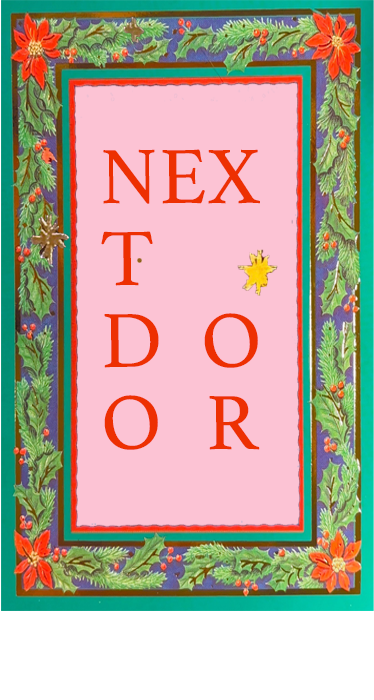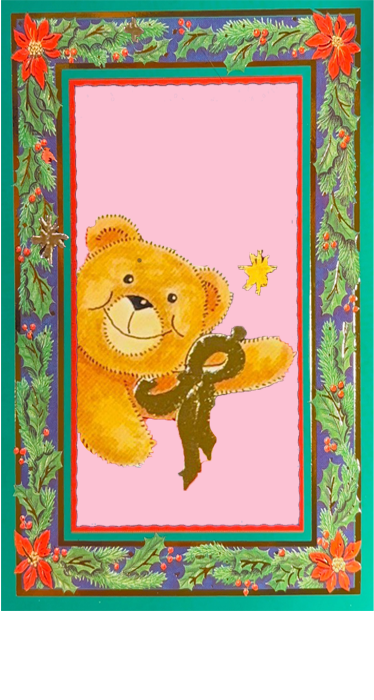Make Interspecies Relations:
Between the Digital and the Dirt
By Matilda Mcintosh
Forming points of connection between the seemingly disparate realms of natural ecosystems and digital spaces requires an intimate understanding of both worlds. In the combined online exhibition and knowledge-sharing platform Make Interspecies Relations (MIR) the curatorial team Mattie O’Callaghan, Chiara Famengo and Pierce Eldridge have assembled a diverse and engaging collection of artists, each considering the nuances of their own, site-specific relationships with more-than-humans.
In light of developing environmental crises, strengthening links between the ecological and the digital, and between place and body, is integral to imagining futures of making kin, a term offered by multispecies feminist theorist Donna J. Haraway to describe peaceful coexistence between all earthly inhabitants. Certain forms of knowledge, which prioritise a non-hierarchical view of people within shared ecosystems, have been historically disregarded under Colonial rule. Repairing these relationships requires a commitment to close looking, time spent paying deliberate, tender attention to the marks human bodies leave on the world.
At first viewing, the Make Interspecies Relations website grounds us within our own bodies through a breathing exercise, challenging the typical power dynamic between user and digital interface, and expanding what interacting with online spaces physically feels like. We breathe as it breathes, and synchronise our experiences of mindful presence. Meditation works by Merinda Davies and Ashleigh Musk envelop us in sensory experiences of natural ecologies, encouraging quiet reflection. We reject the role of online hyper-consumers, sifting through seas of information without absorbing anything fully. By interfacing with the MIR platform, we are active participants renegotiating our relationship with embodied technologies.
In Every Bite of the Emperor by Youngsook Choi pulls us into an immersive narrative space, drawing connections between God-Angels-Humans-Animals-Plants-Minerals, chains of being that span across violent histories. Through her audio-visual storytelling, we are led to consider our personal relationships to place, and how they are formed through collective memories embedded in landscapes. As the recording comes to an end, the artist leaves us with a personal request;
And I am here with a list, that is almost never-ending.
I beg you, not to give up reading every name on it.
An appeal to our unfaltering attention, a commodity so valuable that when concentrated becomes synonymous with love, or as Simone Weil once expressed “taken to its highest degree, is the same thing as prayer”.
And yet, performing this care can only come from integrating slow practices into our lives and making room for moments of pause. This should be acknowledged as a privilege not achievable for all, especially those living and working in high-density urban areas. To simplify the issue into a soundbite of ‘reconnecting with our surroundings’ ignores the contexts which systematically remove our access to open spaces, monopolise our free time, overwhelm the mind and deny periods of uninterrupted focus.
Under these shared contexts of disconnection, the artistic practice seen in Make Interspecies Relations doubles as both a personal expression of interspecies intimacies and a valuable form of communal knowledge production. Process and output are recorded and recognised as equally valuable data points within the larger goal of the MIR platform - to document the ongoing entanglements between people, places and practices. Works by Amanda Dolgã and Rooya Rasheed provide insight into the processes and theoretical frameworks underscoring multidisciplinary interspecies practice, including the value of childhood memory in forming connections to place. The website’s own Living Library takes on new shapes under developing pedagogical contexts, underscoring shared values between practices without binding them to limiting categories. Words become places to begin new pathways of understanding, as we move into expansive spaces of communication that transcend written language, listening to how trees, rivers and soil speak to us.
Alice Oliver’s cyanotype prints of plants historically used for contraception and abortion remind us of the traditional knowledge embedded in our localities. The artist’s work foraging in Nunhead Cemetery, South London for Queen Anne’s Lace and Artemisia collapses time, repeating the same collection ritual in the current moment as performed hundreds of years earlier. Make Interspecies Relations deepens understanding by bridging these temporal gaps, reviving ways of seeing everyday environments by demonstrating how knowledge mislabelled as ‘lost’ continues to thrive around us.
Our metaphors for understanding online spaces are filled with natural imagery, perhaps from an intuitive understanding that the digital and the dirt are not as separate as we might imagine. When we describe the vast interconnectedness of places like the Internet, we apply existing systems of understanding interspecies ecologies. We visualise our data up in ‘the cloud’, integrated as an invisible floating layer above our heads, data as ‘streams’ running through the discursive landscapes of media platforms. Make Interspecies Relations plays to the strengths of digital spaces, including integrating live, collaborative text activations in conjunction with Prometheus_Open Food Lab, generating knowledge about food resilience in remote areas. We are enlivened by the material presented and in direct conversation with the digital realm.
Certain limitations created by physical gallery spaces, the hierarchies of what is deemed ‘exhibition worthy’ and opportunity for institutional critique, also shift when we engage with art through a digital lens. The background of environmental and social activism which underscores the work of Barena Bianca Collective aligns with the democratisation of information made possible by networked online communities and their potential for exploration. Caroline Vitzhum’s touching series of personal correspondence echoes the same importance of collaborative storytelling. The most valuable contributions we make in the pursuit of interspecies connections are insights into our own subjectivities, our imaginations, and speculative visions of the future.
Make Interspecies Relations shines in its ability to create an expansive web of experiences exploring personal connections to place, each deepening our understanding of our role within larger ecosystems. The decisive collection of artists assembled by the curatorial team reflects a clear guiding anthropocentric politic, but what truly enlivens the activation is the sentimentality and commitment to close-looking present within each piece. As a whole, Make Interspecies Relations is an outstanding effort in fostering connection between past and present, between the individual subject and communal knowledge, and between digital networks and natural ecologies.

